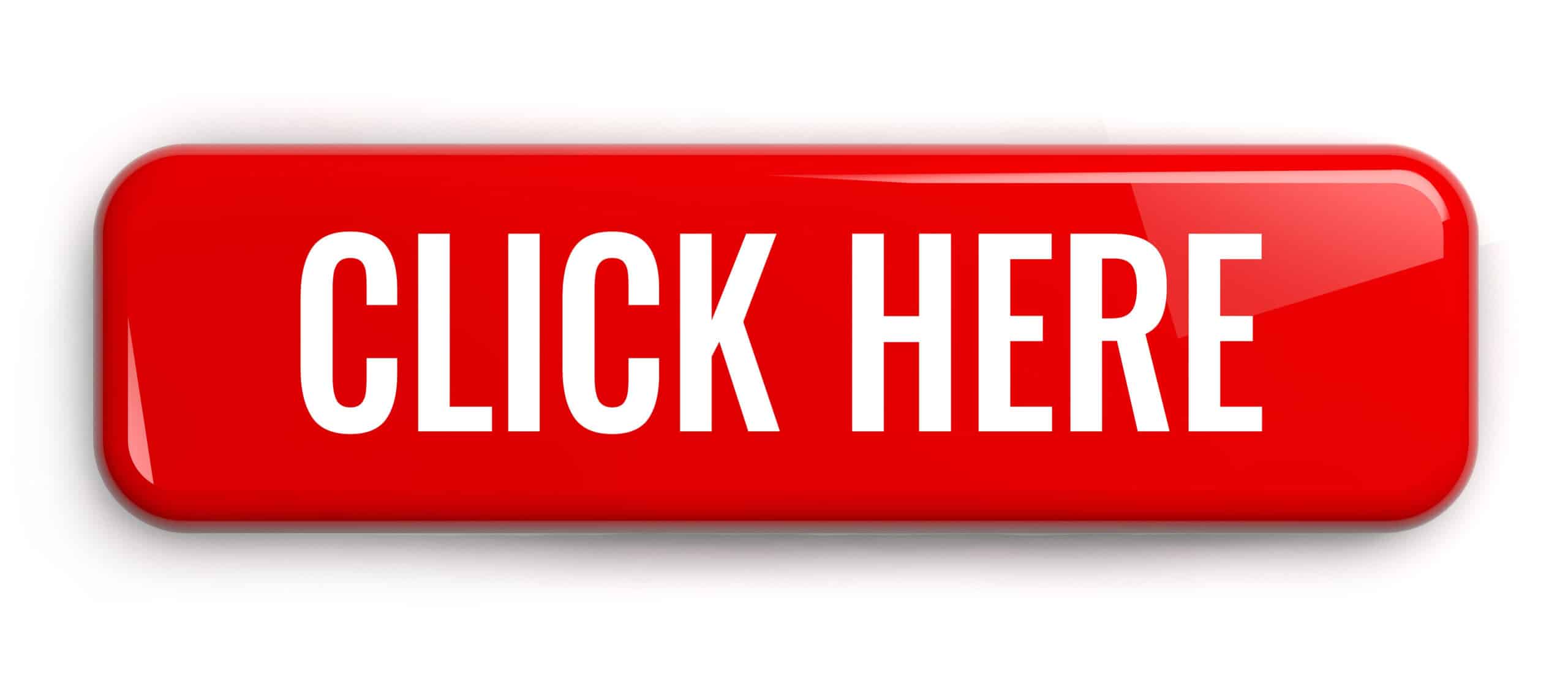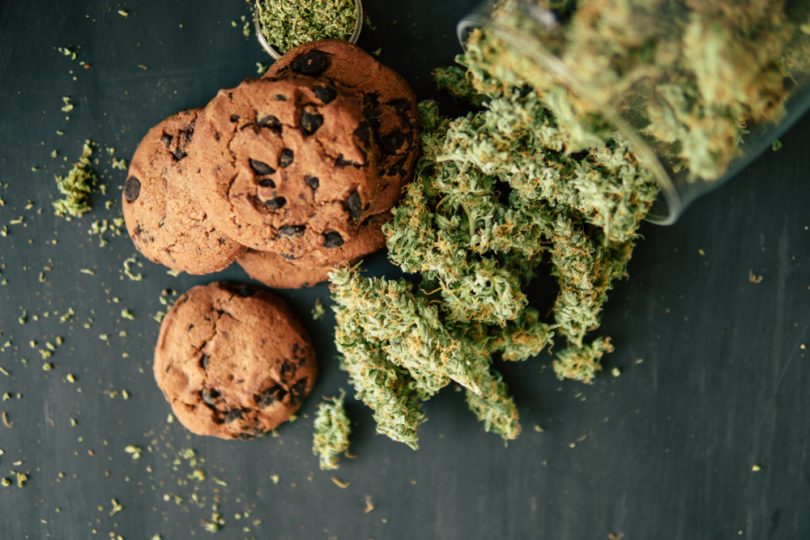As laws for cannabis use change, so do the laws that govern the particular cannabinoids that make up the plant, namely CBD and THC, and how and where they are used. Whereas CBD has already been regulated differently in many places, THC is often left with no regulation at all when it comes to use in edible products.
It has become more commonplace for CBD to be separated from the rest of the cannabis plant, and regulated differently, with the main reason being that since it contains no psychoactive properties, it shouldn’t be treated the same as substances that are psychoactive. With more recreational markets opening, and more food-based products hitting the market, the question of how THC is legislated in food is becoming more of a question.
To learn more about medical cannabis,
subscribe to the Medical Cannabis Weekly Newsletter
First let’s take a look at CBD
CBD, or cannabidiol, is often separated from the rest of the cannabis plant, and this gives it the ability to be used in places where the entire cannabis plant cannot be. When dealing with CBD in food, this is how it’s currently regulated:
US – When it comes to the US there’s the ages old fight between federal and state governments. CBD is not legal to market as a food product or dietary supplement by the FDA. On the other hand, individual states also have the ability to hold their own regulation standards. As such, Florida, for example, added as part of its hemp program in January of 2020, that all parts of the hemp plant are allowed in food. The new law makes the stipulation that all manufacturers, processers, packers, holders, preparers or vendors must have a food permit, the process of which and enforcement of, are done through the Florida Department of Agriculture. Other states that have made legislation to allow CBD in food are: Colorado, Indiana, Illinois, and Texas, with California possibly on the way.
EU – According to regulation 2015/2283, CBD is considered a novel food with not enough consumption history to be legal as of yet. As such, it is forbidden to be marketed as a food product or supplement without proper authorization. This hasn’t done much to stop the flow of CBD products onto store shelves. The whole thing is, of course, confusing as the EU roundly allows cannabis plants to be grown so long as the THC content doesn’t go above .2%.
However, at the same time, food and drinks made from it, fall under the Novel Food regulation. Truth be told, there isn’t a legal standing for the Novel Foods act, but it’s generally used as law by member states. A recent application by the company Cannabis Pharma to produce a supplement for adults containing a daily intake of up to 130mg, could propel CBD to a ‘permitted food/ingredient’ status on the novel food list soon.
Canada – Canada makes it a bit easier. As a country that has already legalized the whole of the cannabis plant – high THC or low – and as a country which already puts cannabis in food, CBD is a perfectly legal additive. It didn’t start out like this though, with the initial legalization still keeping cannabis foods illegal. As of an update to the Cannabis Act in 2019, cannabis products can be used in food legally.
Australia – In 2018, both federal and local health officials decided the buying and selling of hemp products for food is legal. In order for it to be legal though, the products must contain less than .005% THC.
In all of the places mentioned, there is already legalization, a push toward it, or laws very close to it. It’s not surprising that CBD would be accepted into food products, but it’s also not surprising that in many places this would not be the case. So, let’s take it up a notch.
Everything You’ve Ever Wanted to Know About CBD Edibles
Regulating THC in food
As laws loosen relating to cannabis, CBD has shown up in more and more places, often no longer sharing the same legislation as the cannabis plant as a whole. This has been made possible by the lack of psychoactive properties in CBD, which has gotten it removed from a narcotics drug classification in many places. However, THC is still generally considered a narcotic. It’s also a main part of the marijuana plant that has become increasingly popular to put in food. So, what are the laws governing THC in food?
US – It probably goes without saying that according to the US federal government, it’s 100% illegal to use THC in a food product. However, for anyone who bought in a dispensary lately knows there’s no shortage of cannabis edibles. Every recreational state allows the purchase of cannabis edibles, and many medical states do as well.
EU – In the EU, THC can be found legally in industrial hemp which must have a max of .2% by law. Some hemp is grown for food products under regulation number 1307/20131, which allows for hemp with the accepted THC amount to be used in this way. Apart from this, no actual legislation exists regarding THC and food, meaning individual member countries can implement their own laws.
Italy is an example of this. In January of this year, it’s Ministry of Health confirmed THC is now permitted in food so long as the concentration coming from seeds and seed flower is no more than 2mg/kg which converts to about .0002%, and oil coming from seeds to have no more than 5mg/kg which equals about .0005%. While this is an impressive move simply considering and allowing THC, in reality it only allows trace amounts. This sort of legislation is quite different than legislation allowing for high-THC food products.
Germany is another example. In 1996 it lifted its ban on industrial hemp so long as it remained low-THC. Germany has been allowing limited THC in products for quite some time, with the current max level being 10-100 times lower than in the 1990’s making for negligible, trace amounts.
Canada – Like the US free states, Canada allows for high-THC edibles. It is regulated by this table which shows the max amount to be 10mg per package.
Australia & New Zealand – In Australia, cannabis is technically still federally illegal (except in Canberra). In New Zealand there’s actually a referendum (though non-binding) coming up next month to see if the people want to legalize recreational cannabis. However, both countries came together in 2017 to come up with the Food Regulation System priorities for 2017-2021. As part of this, low-THC hemp seeds can be used as food, and in food.
Not Just for Getting High – The Underreported Medical Uses of THC
Conclusion
These are just some of the examples of where and how in the world THC shows up in food products. Obviously recreational markets see the most THC in edibles, but even non-legal countries have found ways to get THC in food, albeit in very small, pretty much negligible amounts.
Of course, just a few years ago, the only way to get THC in your food was to leach out the THC from the plant into hot butter (generally in your own home kitchen laboratory), and then bake up some nice cookies. At this rate, in another few years, ‘special cookies’ might end up on the menus of standard restaurants the world over.
Thank you for tuning in to CBD Testers, your source for all things relating to cannabis and hemp. Check back frequently and make sure to subscribe to the Medical Cannabis Business Newsletter for more articles like this one.
Resources:
The Endocannabinoid System Explained (Why Cannabis Is Good for Our Bodies)
Everything You Need To Know About THC Isolate (a deep look into cannabis extracts)
Chocolate Interferes with THC testing
Not Just For Getting High (the underreported health benefits of THC)
Cannabinoids 101 – Spotlight on CBN (Cannabinol)
Your Complete Guide to EU GMP-Certified CBD Isolate and Distillate – Spotlight on the regulated EU market
Everything You Need To Know About CBG Isolate
Newest Cannabinoid Powerhouse – CBC – What Can It Do for You?
What is DELTA 8 THC (FAQ: Great resource to learn about DELTA 8THC)
DELTA 8 THC Medical Benefits (The medical background of using DELTA 8 THC products)
DELTA 8 THC Newsletter (The DELTA 8 THC Weekly Newsletter)
The CBD Flowers Weekly newsletter (your top resource for all things smokable hemp flowers)
The Medical Cannabis Weekly newsletter (International medical cannabis business report)
The Legal Landscape Of CBD Hemp Flower In Europe
Regulators Go After Smokable Hemp Flower – What Does The Future Hold?
The Complex Issue of Cannabis and Hemp Business On Tribal Land
Government Assistance Options for U.S. Hemp Farmers Affected By COVID-19









